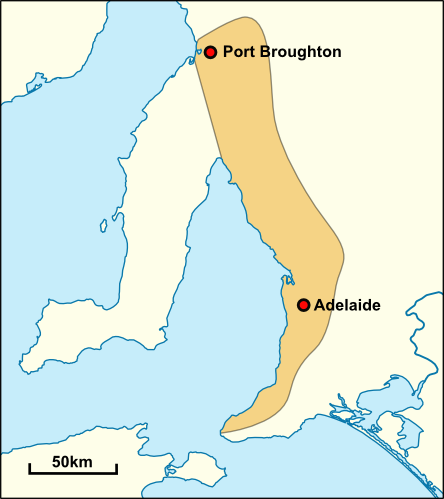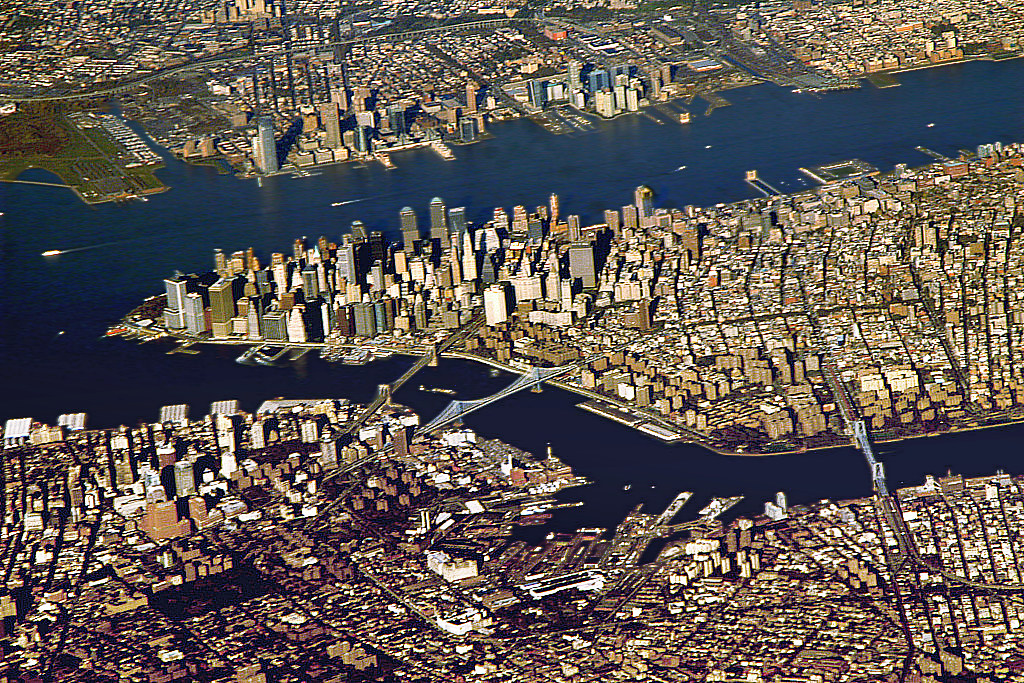|
Adelaide Anchorage
Adelaide Anchorage () is an area of safe anchorage lying west of Avian Island, off the south end of Adelaide Island. It is the anchorage normally used by ships visiting Adelaide research station. Charted by members of the RRS ''John Biscoe'' and the Royal Navy Hydrographic Survey Unit Hydrographics may refer to: *Hydrography, the measurement of physical characteristics of waters and marginal land *Hydrographics (printing), a printing technique for three-dimensional objects * Hydrographic Department, UK agency for providing hydr ... in January–March 1962. References * Ports and harbours of Graham Land Landforms of Adelaide Island {{AdelaideIsland-geo-stub ... [...More Info...] [...Related Items...] OR: [Wikipedia] [Google] [Baidu] |
Antarctica
Antarctica () is Earth's southernmost and least-populated continent. Situated almost entirely south of the Antarctic Circle and surrounded by the Southern Ocean, it contains the geographic South Pole. Antarctica is the fifth-largest continent, being about 40% larger than Europe, and has an area of . Most of Antarctica is covered by the Antarctic ice sheet, with an average thickness of . Antarctica is, on average, the coldest, driest, and windiest of the continents, and it has the highest average elevation. It is mainly a polar desert, with annual precipitation of over along the coast and far less inland. About 70% of the world's freshwater reserves are frozen in Antarctica, which, if melted, would raise global sea levels by almost . Antarctica holds the record for the lowest measured temperature on Earth, . The coastal regions can reach temperatures over in summer. Native species of animals include mites, nematodes, penguins, seals and tardigrades. Where ve ... [...More Info...] [...Related Items...] OR: [Wikipedia] [Google] [Baidu] |
Avian Island
Avian Island is an island, long and high, lying close off the south tip of Adelaide Island, Antarctica. It was discovered by the French Antarctic Expedition, 1908–10, under Jean-Baptiste Charcot, and visited in 1948 by the Falkland Islands Dependencies Survey, who so named it because of the large number and variety of birds ( avians) found there. Birds The island has been identified as an Important Bird Area by BirdLife International because it supports a large breeding colony of Adélie penguins (35,000 pairs), as well as imperial shags (670 pairs), south polar skuas (880 pairs), southern giant petrels (250 pairs), kelp gulls and Wilson's storm petrels. It also holds the southernmost record of breeding brown skuas. The island is protected as Antarctic Specially Protected Area An Antarctic Specially Protected Area (ASPA) is an area on the continent of Antarctica Antarctica () is Earth's southernmost and least-populated continent. Situated almost entirely sout ... [...More Info...] [...Related Items...] OR: [Wikipedia] [Google] [Baidu] |
Adelaide Island
Adelaide Island is a large, mainly ice-covered island, long and wide, lying at the north side of Marguerite Bay off the west coast of the Antarctic Peninsula. The Ginger Islands lie off the southern end. Mount Bodys is the easternmost mountain on Adelaide Island, rising to over 1,220 m. The island lies within the Argentine, British and Chilean Antarctic claims. History Adelaide Island was discovered in 1832 by a British expedition under John Biscoe. The island was first surveyed by the French Antarctic Expedition (1908–1910) under Jean-Baptiste Charcot. According to a contemporary source, the island was named by Biscoe himself in honour of Queen Adelaide of the United Kingdom. The Island has two bases on it. The old Adelaide Island base (also known as Base T) was set up by the Falkland Islands Dependencies Survey (FIDS), which later became the British Antarctic Survey. The Base was closed due to an unstable skiway and operations were moved to the new Rothera Resea ... [...More Info...] [...Related Items...] OR: [Wikipedia] [Google] [Baidu] |
Adelaide Research Station
Adelaide ( ) is the capital city of South Australia, the state's largest city and the fifth-most populous city in Australia. "Adelaide" may refer to either Greater Adelaide (including the Adelaide Hills) or the Adelaide city centre. The demonym ''Adelaidean'' is used to denote the city and the residents of Adelaide. The Traditional Owners of the Adelaide region are the Kaurna people. The area of the city centre and surrounding parklands is called ' in the Kaurna language. Adelaide is situated on the Adelaide Plains north of the Fleurieu Peninsula, between the Gulf St Vincent in the west and the Mount Lofty Ranges in the east. Its metropolitan area extends from the coast to the foothills of the Mount Lofty Ranges, and stretches from Gawler in the north to Sellicks Beach in the south. Named in honour of Queen Adelaide, the city was founded in 1836 as the planned capital for the only freely-settled British province in Australia. Colonel William Light, one of Adel ... [...More Info...] [...Related Items...] OR: [Wikipedia] [Google] [Baidu] |
RRS John Biscoe (1956)
The RRS ''John Biscoe'' was a supply and research vessel used by the British Antarctic Survey between 1956 and 1991. History An earlier vessel, operated from 1947-56. Both were named after the English explorer John Biscoe, who discovered parts of Antarctica in the early 1830s. ''John Biscoe II'' was replaced by in 1991. After decommissioning, she was sold and eventually scrapped in 2004 under the name ''Fayza Express''. Command ''Biscoes first visit to Halley Research Station, in 1959/60 was under the veteran captain, Bill Johnston. From 1975, joint Masters of ''John Biscoe'' were Malcolm Phelps and Chris Elliott. Chris Elliott had joined BAS as Third Officer on ''John Biscoe'' in 1967, becoming Second Officer in 1970. He established the successful Offshore Biological Programme cruises and helped superintend the building of replacement . Elliott was awarded the Polar Medal in 2004 and an MBE in 2005. The sea passage between Adelaide Island Adelaide Island is a large ... [...More Info...] [...Related Items...] OR: [Wikipedia] [Google] [Baidu] |
Royal Navy
The Royal Navy (RN) is the United Kingdom's naval warfare force. Although warships were used by Kingdom of England, English and Kingdom of Scotland, Scottish kings from the early medieval period, the first major maritime engagements were fought in the Hundred Years' War against Kingdom of France, France. The modern Royal Navy traces its origins to the early 16th century; the oldest of the British Armed Forces, UK's armed services, it is consequently known as the Senior Service. From the middle decades of the 17th century, and through the 18th century, the Royal Navy vied with the Dutch Navy and later with the French Navy for maritime supremacy. From the mid 18th century, it was the world's most powerful navy until the World War II, Second World War. The Royal Navy played a key part in establishing and defending the British Empire, and four Imperial fortress colonies and a string of imperial bases and coaling stations secured the Royal Navy's ability to assert naval superiority ... [...More Info...] [...Related Items...] OR: [Wikipedia] [Google] [Baidu] |
Hydrographic Survey
Hydrographic survey is the science of measurement and description of features which affect maritime navigation, marine construction, dredging, offshore oil exploration/ offshore oil drilling and related activities. Strong emphasis is placed on soundings, shorelines, tides, currents, seabed and submerged obstructions that relate to the previously mentioned activities. The term ''hydrography'' is used synonymously to describe ''maritime cartography'', which in the final stages of the hydrographic process uses the raw data collected through hydrographic survey into information usable by the end user. Hydrography is collected under rules which vary depending on the acceptance authority. Traditionally conducted by ships with a sounding line or echo sounding, surveys are increasingly conducted with the aid of aircraft and sophisticated electronic sensor systems in shallow waters. Organizations National and International Maritime Hydrography Hydrographic offices evolved fr ... [...More Info...] [...Related Items...] OR: [Wikipedia] [Google] [Baidu] |
Ports And Harbours Of Graham Land
A port is a maritime facility comprising one or more wharves or loading areas, where ships load and discharge cargo and passengers. Although usually situated on a sea coast or estuary, ports can also be found far inland, such as Hamburg, Manchester and Duluth; these access the sea via rivers or canals. Because of their roles as ports of entry for immigrants as well as soldiers in wartime, many port cities have experienced dramatic multi-ethnic and multicultural changes throughout their histories. Ports are extremely important to the global economy; 70% of global merchandise trade by value passes through a port. For this reason, ports are also often densely populated settlements that provide the labor for processing and handling goods and related services for the ports. Today by far the greatest growth in port development is in Asia, the continent with some of the world's largest and busiest ports, such as Singapore and the Chinese ports of Shanghai and Ningbo-Zho ... [...More Info...] [...Related Items...] OR: [Wikipedia] [Google] [Baidu] |



